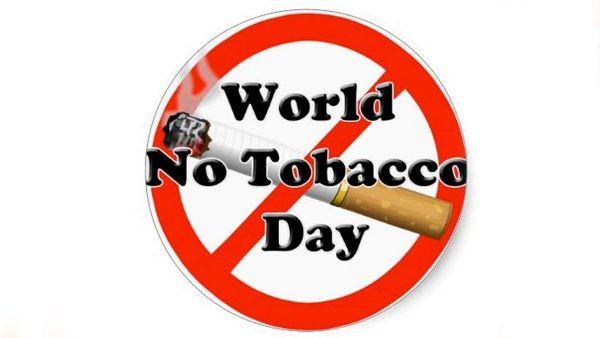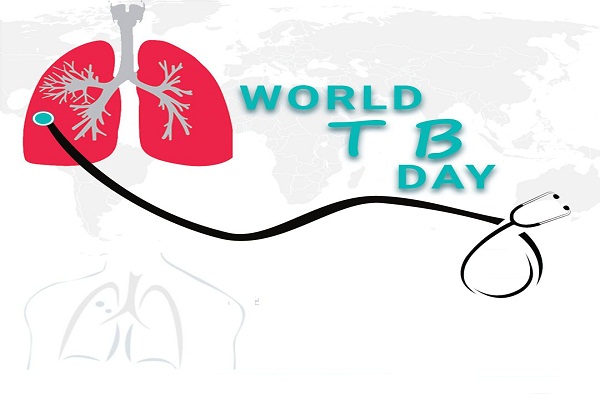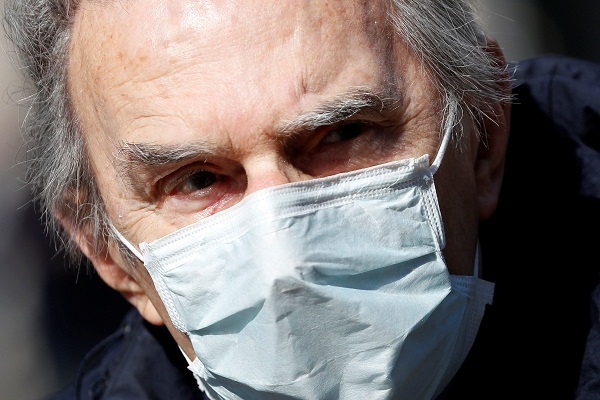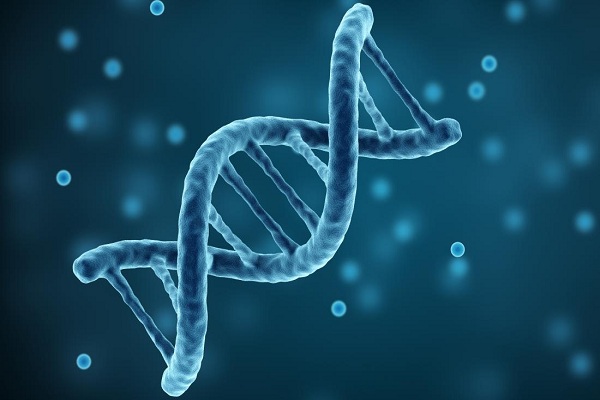
People across the world are now aware that tobacco smoking is injurious for their health. Many people have accepted it as the global killer and the root cause of various fatal diseases including different kinds of cancer. However, most of them don’t realise the damage that smoking does to their mouth, gums, and teeth. People are aware of the fact that tobacco can cause lung and throat cancer. However, people are not aware that smoking is one of the main causes of mouth cancer too. Many thousands of people die annually from mouth cancer brought on by smoking. 
Our oral health can be deeply impacted by the use of any form of tobacco especially smoking. This habit can lead to tooth staining, gum disease, tooth loss, and in more severe cases mouth cancer. An array of Oral lesions/diseases can be caused by the use of any form of tobacco on a daily basis.

Lung cancer and heart diseases are two of the very well-known after the effects of smoking, however, there is very little awareness of the hazardous effect of smoking on our oral health. Smoking causes oral diseases and affects the dental hygiene of the patients.
Some of the ways in which smoking affects our oral cavity include:
• Staining of the teeth and/or dental implants(if any) in the oral cavity.

• Loss of taste sensations.
• Bad breathe aka Halitosis.
• Gum Diseases along with a build-up of plaque and tartar over the teeth.
• Delay in the healing of oral lesions.
• Oral cancers.
Smokers are more likely to produce bacterial plaque, which leads to gum disease. The accumulation of bacteria and their products on the tooth surface are termed as dental plaques. The gums are affected as smoking causes a lack of oxygen in the bloodstream, so the infected gums do not heal. There is less inflammation in the oral cavity of a smoker due to decreased blood supply due to constriction of blood vessels. This tricks us to think that the oral cavity is healthy. Smoking results in people to have more dental plaque and causes gum disease to get worse at an accelerated pace than in non-smokers. Among adults, gum disease is still considered as the most common reason for tooth loss.
Also read: World No Tobacco Day: How smoking affects your health?
The lesions occurring in the oral cavity due to smoking generally arise mostly due to Irritants (e.g. Tar), temperature changes, pH changes etc. One of the effects of smoking is staining on the teeth due to the nicotine and tar in the tobacco. It can turn your teeth yellowish in a very short time, and often the heavy smokers complain about their teeth turning almost brown after years of smoking. Studies have shown that smokers have a 2.5 – 3% higher risk of developing oral ulcers/cancers and gum diseases as compared to a non-smoker.
Smoking is known to cause certain conditions:
• Smoker’s Melanosis: This is due to the increased darkening of the gums due to the pigmentation occurring because of the irritants present in the tobacco smoke.
• Periodontal disease: There is a greater amount of bone loss and loss of teeth in smokers as compared to non-smokers.
• Nicotinic Stomatitis: The hard palate of the mouth cavity appears white instead of pink. The salivary glands openings appear red due to the heat from the tobacco products.
• Smokeless tobacco: Smoking without tobacco products causes changes which depend on the contact, amount and time of the product in the oral cavity. The gums may become white and wrinkled. The risk for developing oral cancer with smokeless tobacco is still undetermined.
• Oral Cancer: Smoking is directly linked to Oral cancer. Lesions may be found under the tongue or soft palate. The patient may develop symptoms like – lump in the neck, difficulty or pain during swallowing.
Can We Rely on Special Dental Products?
There are special kinds of toothpaste for people who smoke. They are sometimes a little more abrasive than ordinary toothpaste and you should use them with care. These toothpaste are not for regular use. Dentists recommend using them alternately with your usual toothpaste. There are several ‘whitening’ toothpaste on the market. Although the natural colour of the teeth is not affected by these toothpaste, they may be effective at removing the stains, and therefore may improve the overall appearance of your teeth.
(Writer is Dr. Suyash Kulkarni,MBBS, FCCM, DNB – General Medicine, Consultant Intensive Care Unit, Surya Hospitals. Views expressed are a personal opinion.)
Be a part of Elets Collaborative Initiatives. Join Us for Upcoming Events and explore business opportunities. Like us on Facebook , connect with us on LinkedIn and follow us on Twitter , Instagram.












